Archives
- 2025-11
- 2025-10
- 2025-09
- 2025-03
- 2025-02
- 2025-01
- 2024-12
- 2024-11
- 2024-10
- 2024-09
- 2024-08
- 2024-07
- 2024-06
- 2024-05
- 2024-04
- 2024-03
- 2024-02
- 2024-01
- 2023-12
- 2023-11
- 2023-10
- 2023-09
- 2023-08
- 2023-07
- 2023-06
- 2023-05
- 2023-04
- 2023-03
- 2023-02
- 2023-01
- 2022-12
- 2022-11
- 2022-10
- 2022-09
- 2022-08
- 2022-07
- 2022-06
- 2022-05
- 2022-04
- 2022-03
- 2022-02
- 2022-01
- 2021-12
- 2021-11
- 2021-10
- 2021-09
- 2021-08
- 2021-07
- 2021-06
- 2021-05
- 2021-04
- 2021-03
- 2021-02
- 2021-01
- 2020-12
- 2020-11
- 2020-10
- 2020-09
- 2020-08
- 2020-07
- 2020-06
- 2020-05
- 2020-04
- 2020-03
- 2020-02
- 2020-01
- 2019-12
- 2019-11
- 2019-10
- 2019-09
- 2019-08
- 2019-07
- 2019-06
- 2019-05
- 2019-04
- 2018-07
-
br Acknowledgements br Introduction Glucagon a amino acid pe
2021-11-23

Acknowledgements Introduction Glucagon, a 29-amino cc-5013 peptide, is released from the pancreatic islets, intestine and stomach. Glucagon is released under hypoglycemic conditions and then elevates blood glucose levels, serving as a major counter hormone [1]. The regulation of glucose metabo
-
These observations are of particular interest in the
2021-11-22

These observations are of particular interest in the context of recent conceptual changes regarding the mechanisms by which different types of leukocytes contribute to atherogenesis. Over the last decade, the paradigm of the predominant circulatory origin of lesional macrophages has been challenged
-
Mizoribine The exact mechanism by which N BPs inhibit
2021-11-22

The exact mechanism by which N-BPs inhibit FPPS remains unclear. Computer modeling [10] suggests that N-BPs mimic the structure of the enzyme’s natural isoprenoid pyrophosphate substrates, geranyl pyrophosphate (GPP)/dimethylallyl pyrophosphate (DMAPP) or act as carbocation transition state analogs
-
br Financial support This study
2021-11-22
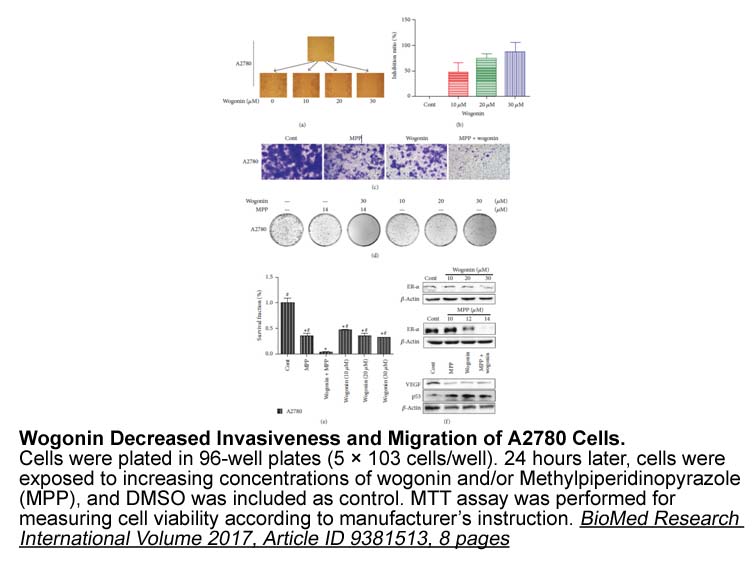
Financial support This study was supported by Grant PH-102-PP-11, PH-103-PP-11 from the National Health Research Institutes, Taiwan. Conflict of interest Please refer to the accompanying ICMJE disclosure forms for further details. Authors’ contributions Acknowledgements Introduction
-
The inhibitory concentration of atrial natriuretic factor at
2021-11-22
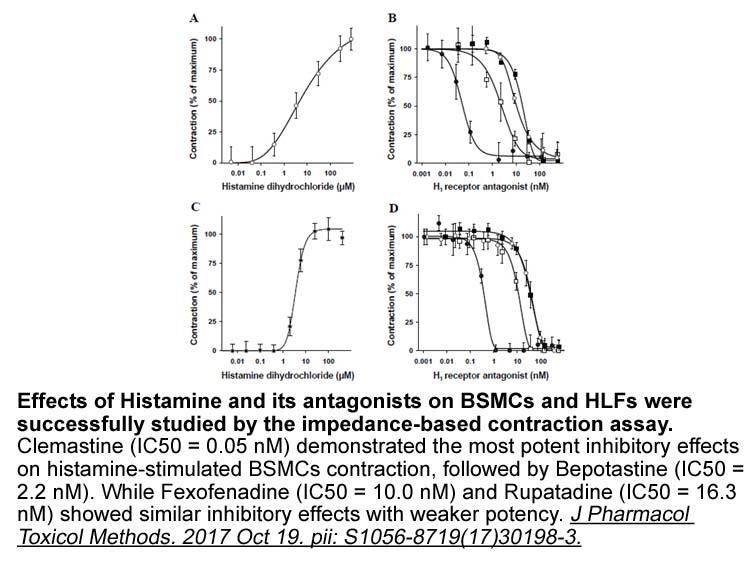
The 50% inhibitory concentration of atrial natriuretic factor at midgestation and term are –7.4 ± 0.12 and –7.38 ± 0.11, respectively, demonstrating no gestational age dependency in the effect of atrial natriuretic factor on spontaneous contractile activity. Diethyl amine/nitric oxide starts to inh
-
Unlike our present results in week old months
2021-11-22
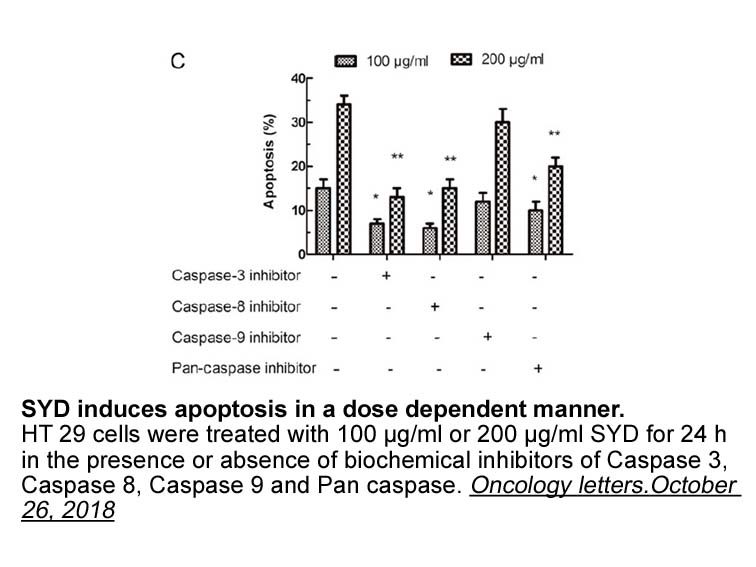
Unlike our present results in 4–12-week-old (~1–3 months) females, where a high-fat-diet-induced increase in body weight was evident, Schmidt et al. exposed male glut3 mice to a similar high-fat diet (60% kilocalories from fat) and observed no change in body weight, plasma glucose or insulin concent
-
The relationship between estrogen and the Hedgehog pathway
2021-11-22
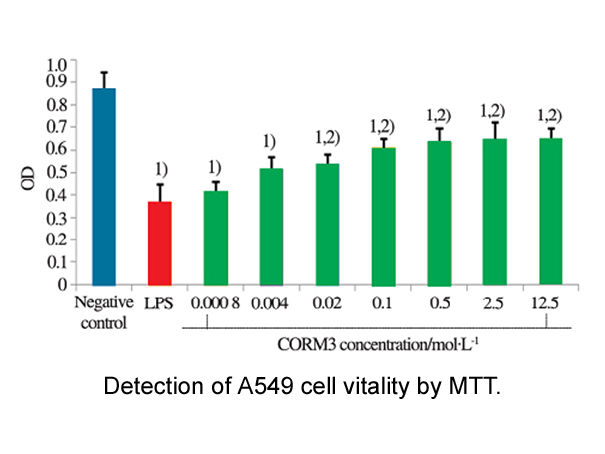
The relationship between estrogen and the Hedgehog pathway as well as the associated mechanism have already been investigated in many tissues, especially in breast cancer (Chang et al., 2012, Katayama et al., 2006, Ramaswamy et al., 2012). Hitherto, even though we have proved that HH-Gli pathway pro
-
FXR agonists represent an attractive class of drugs for
2021-11-22

FXR agonists represent an attractive class of drugs for patients with PFIC. Synthetic and semi-synthetic FXR agonists, with higher affinity and potency to activate FXR, have been successfully tested in animal models of cholestasis. In these murine models, the semi-synthetic steroidal FXR ligand obet
-
SBI-0206965 In summary the SAR of a series of phenylpropanoi
2021-11-22
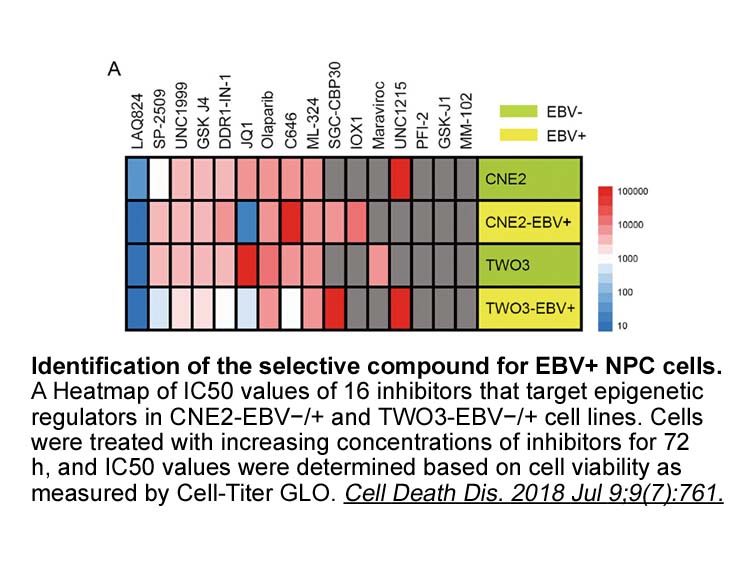
In summary, the SAR of a series of phenylpropanoic acid-free fatty SBI-0206965 receptor agonists is described which resulted in the identification of potent FFA4 agonists. The superior pharmacokinetic properties of compound led to its selection as an in vivo tool compound which afforded robust eff
-
beta-Nicotinamide mononucleotide br Results br Discussion Ou
2021-11-22
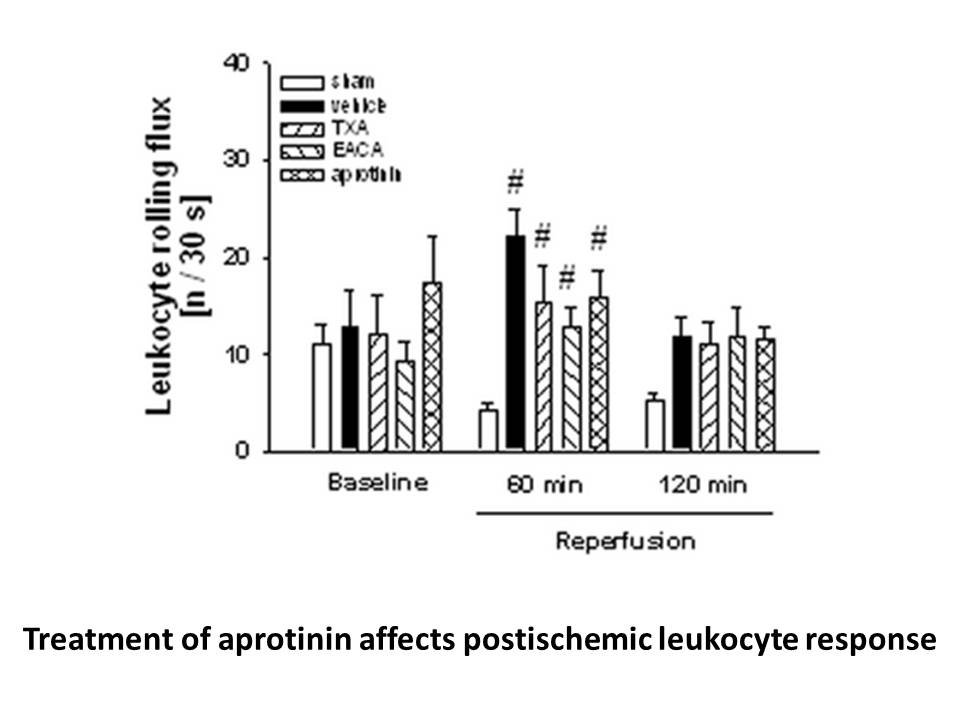
Results Discussion Our studies highlight MUFAs as key lipid modulators of both non-apoptotic and apoptotic cell death. Recent studies show that a more mesenchymal phenotype, de-differentiation, and acquired resistance to targeted inhibitors, can all promote a ferroptosis-sensitive cell state (
-
Immunohistochemistry using anti FFAR antibodies revealed imm
2021-11-22
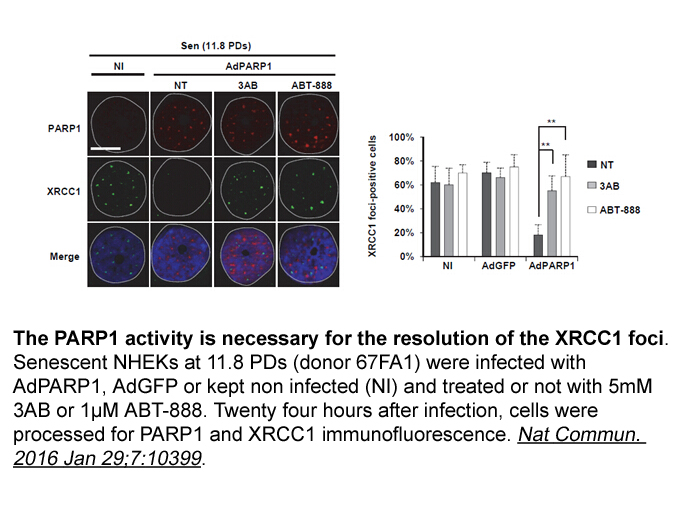
Immunohistochemistry using anti-FFAR1 antibodies revealed immunoreactivity for FFAR1 in association with the cell membrane of the hepatocytes (Figure 2). However, the anti-FFAR2 antibody was not suitable for immunohistochemistry under the tested conditions (data not shown). Fatty liver is an import
-
The feasibility of using the Fas
2021-11-22
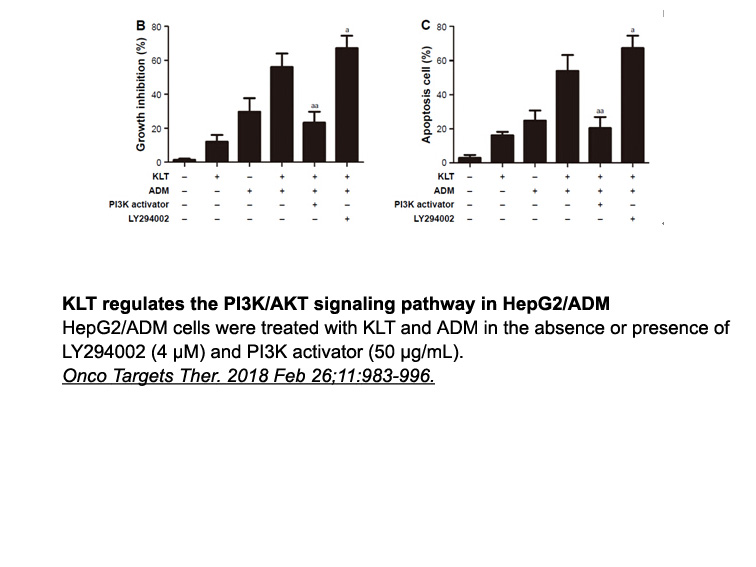
The feasibility of using the Fas/Fas ligand (FasL) system to target vascular progenitor Splitomicin mg contributing to intimal hyperplasia has been shown in many studies [[18], [19], [20], [21], [22], [23], [24]]. Fas receptor, a member of tissue necrosis factor family, is a death receptor that ini
-
Oseltamivir phosphate Among the various epigenetic mechanism
2021-11-20
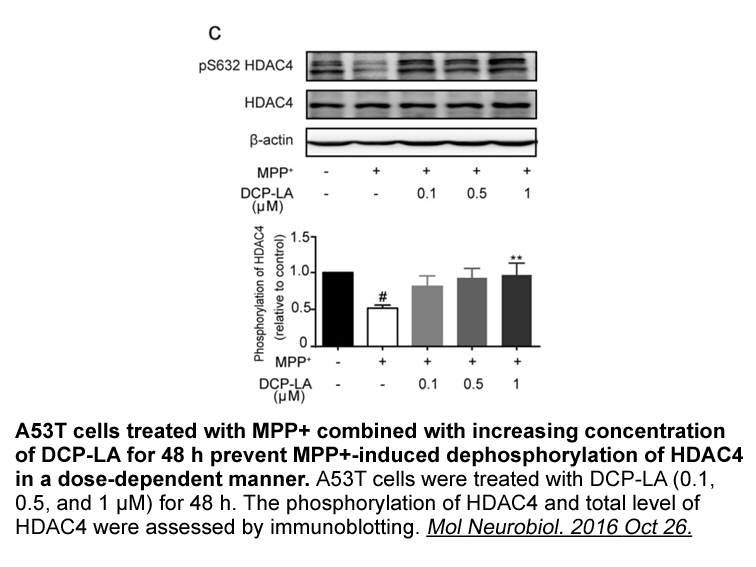
Among the various epigenetic mechanisms involved in EwS pathogenesis, we focused on the PRC enzyme EZH2, since it is a direct target of EWSR1-FLI1 and a critical mediator of malignant cell growth.24, 30 Our observation that the inhibition of EZH2 in GD2neg EwS Oseltamivir phosphate induces GD2 expr
-
br Conclusion In this research we have successfully formulat
2021-11-20

Conclusion In this research we have successfully formulated a PEGylated liposomal formulation encapsulating IRL-1620. The liposomal nanocarriers loaded with IRL-1620 were characterized for their particle size, PDI, zeta potential, and loading efficiency. We established that the treatment with IRL
-
Aurora kinase B AURKB and haploid
2021-11-20
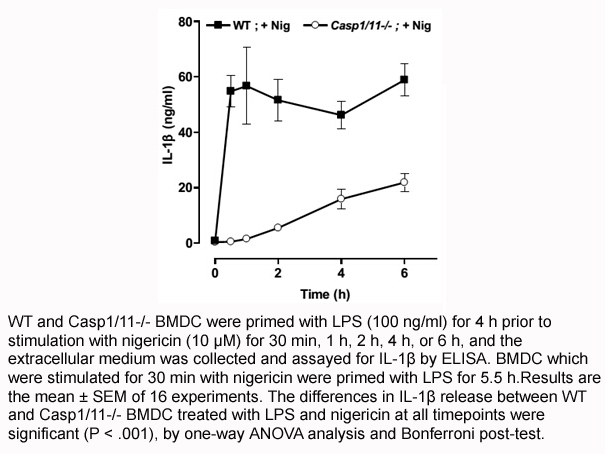
Aurora kinase B (AURKB) and haploid cell-specific protein kinase (Haspin) are two well-known participants in N-terminal histone H3 phosphorylations during mitosis. A related role played by these kinases relates to the fact that AURKB is activated by Haspin promoted phosphorylation at T3. Irrespectiv
15573 records 531/1039 page Previous Next First page 上5页 531532533534535 下5页 Last page